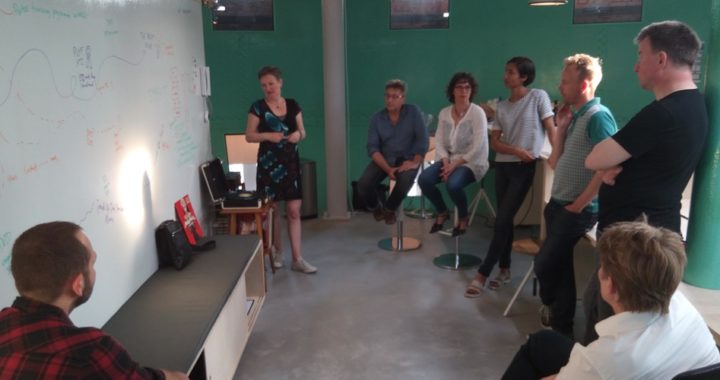Category: News
News item
Smarter crowdsourcing
Paul Currion has written a critique on Ushahidi and crowdsourcing in humanitarian crises. I think he misses quite a bit of what actually went on, it’s like me judging the effectiveness of institutional aid based on what I see and hear on TV. Robert Munro has answered Paul’s critique with a more in-depth review of what happened and didn’t show up on Ushahidi.
I do agree with Paul’s (somewhat hidden) observation that tapping into an existing infrastructure (in the case of Haiti: the Open Street Map community) is a next step. I’d generalise that: tap into an existing social infrastructure. Consider the Haitian diaspora as such.
One way to look at crowdsourcing is as "a random group of people connected by technology figuring out processes to address a one-off goal". But that’s still a rather centralised view: an unconnected mass of people coming together like a flash mob.
A better way would be to consider socio-technical architectures: groups of people connected by technology, establishing (new) patterns of collaboration for on-going goals. That’s more a peer-to-peer view: an ad-hoc configuration of groups of people with different skills coming together to address a complex situation.



